Microgreens are a type of plant that are intentionally grown to be smaller than their regular counterparts.
They are known to have high levels of vitamins, minerals, fibers, protein, and fatty acids.
A variety of microgreens can be found, including thyme, sage, rosemary, kale, dill, cilantro, basil, peppermint, and more.
It is recommended to not use regular soil mix or organic potting soil when growing microgreens as there are downsides of soil that you should avoid.
Bunches of microgreens do not need any extra nutrients or additional fertilizer to grow—however, a bit of nutrients could help.
- Related article: Cheapest Hydroponic Growing Medium
Keep in mind that not every growing medium will work when growing delicious microgreens. So let’s find the best growing mediums for microgreens and let’s get growing!
Best Growing Medium to Grow Microgreens
1. Coco Coir
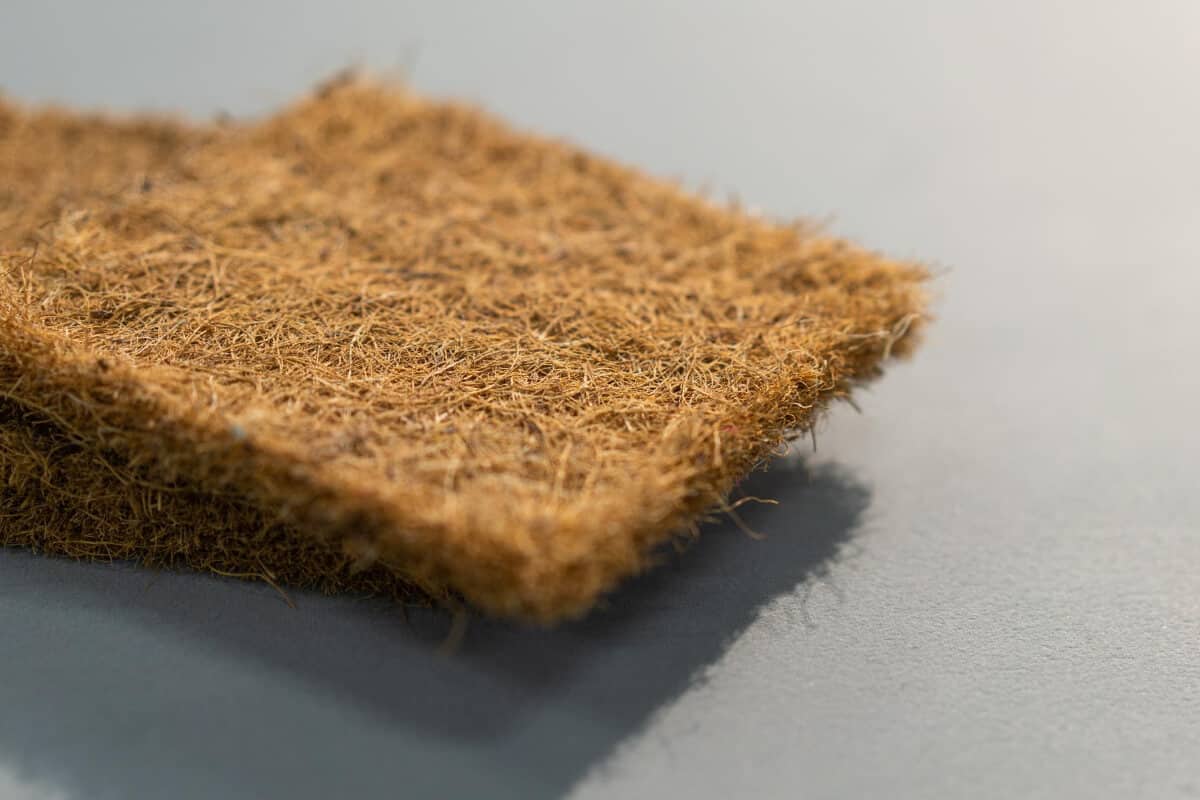
Coco coir is a hydroponic medium made out of the sharp fiber of coconuts or the coconut husks.
Coco coir is a good growing medium for microgreens because of its proper drainage properties, moisture retention, excellent aeration, and its environment-friendly properties.
This growing medium works best with arugula, basil, cilantro, lettuce, and radish microgreens.
Coco coir can come in many different forms such as coco peat, fibers, and chips.
When growing microgreens, the best options are either coco bricks or coco mats. Coco coir mats are convenient because you can cut the mats to fit the size of your simple tray.
When using the dehydrated bricks, remember that they will expand up to ten times its water weight. Don’t forget to only use a small amount when starting off.
Learn more about How to Use Coco Coir in Hydroponics.
2. Perlite
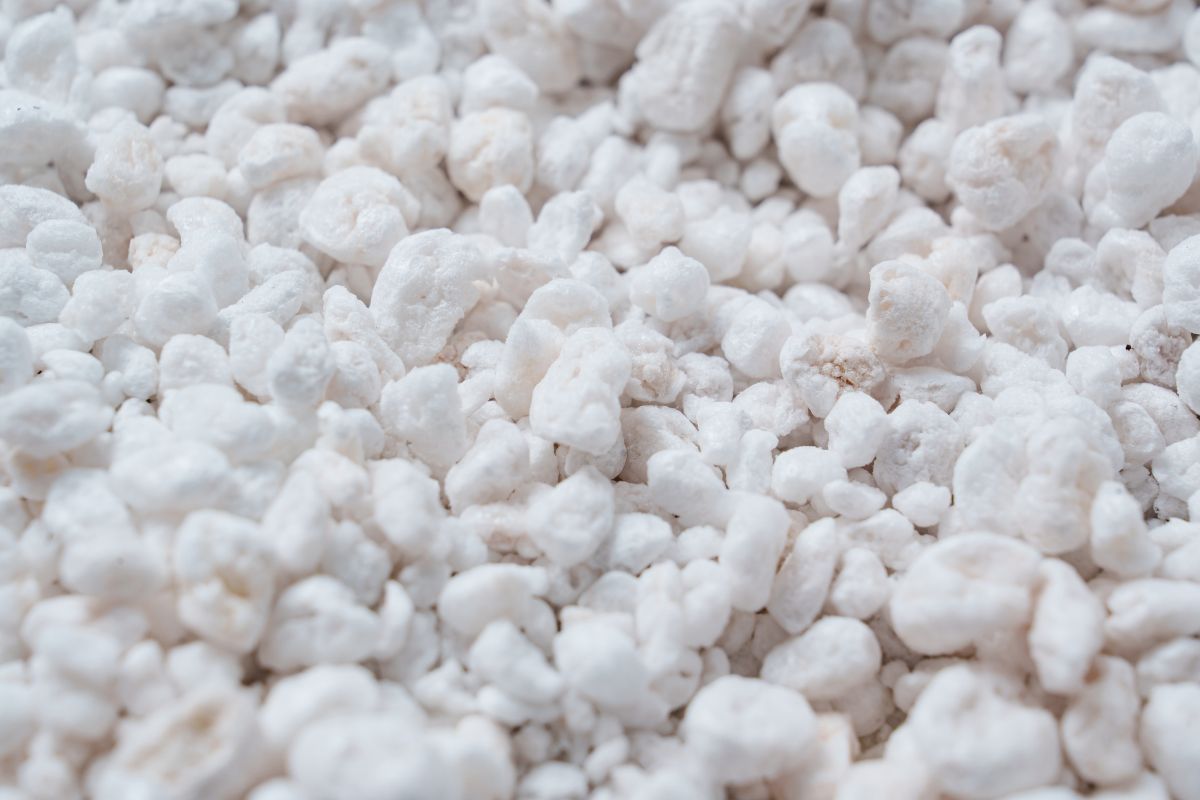
Perlite looks like small, white, spongy particles that is made out of volcanic glass. It is available in multiple forms and sizes.
This growing medium is a popular choice for growers due to its durability and longevity compared to other options.
The microgreen fenugreek is best when grown in perlite.
Since microgreens do not have large roots, perlite is a great option as a growing medium.
Some plants do not work well with perlite because it sometimes prevent the roots from growing to their full size.
Read more about How to Use Perlite in Hydroponics.
3. Vermiculite
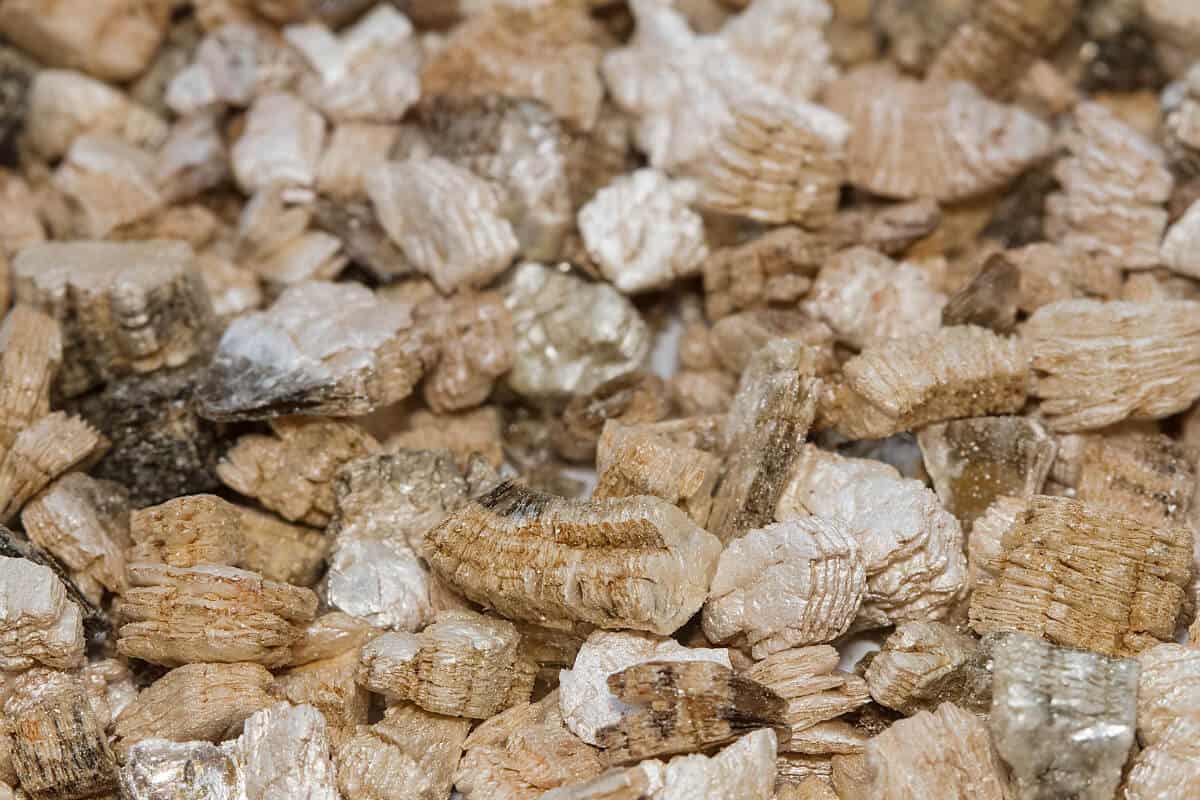
Vermiculite looks like small, brown particles that are lightweight.
Vermiculite is recommended for hydroponics and microgreens because it does not decompose over time and retains water well.
Chives and dill are two microgreens that grow well in vermiculite.
Technically, you can reuse vermiculite by washing and sterilizing it. However, many experienced growers do not go through the work to do so.
Check out the Vermiculite Hydroponics guide.
4. Biostrate
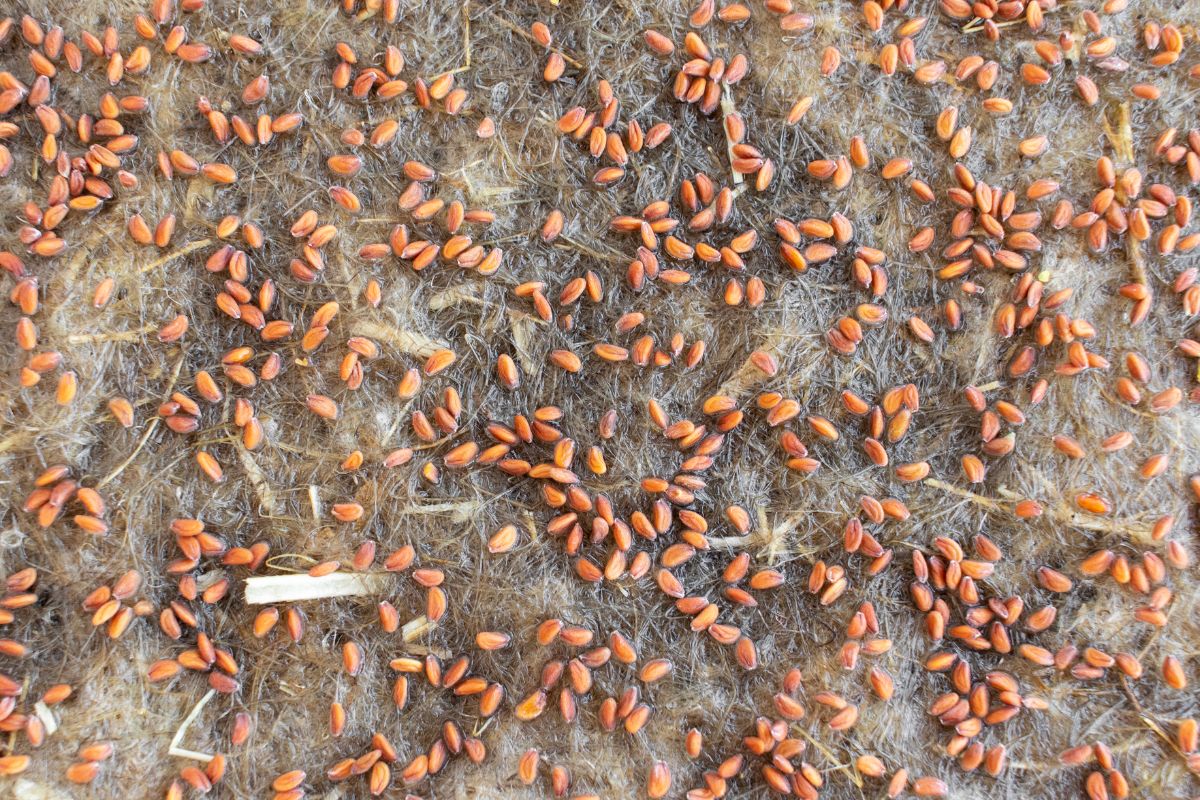
Biostrate is a mix of organic materials like biopolymers and 100-percent natural fibers that are made into a grow mat.
The grow mat holds in water, is pH balanced, biodegradable, and easy to use.
Biorstrate is optimal for microgreens because it is always providing a great environment for the young roots. Additionally, it also will not clog filters.
This growing medium works well with any microgreen variety.
5. Hemp Pads
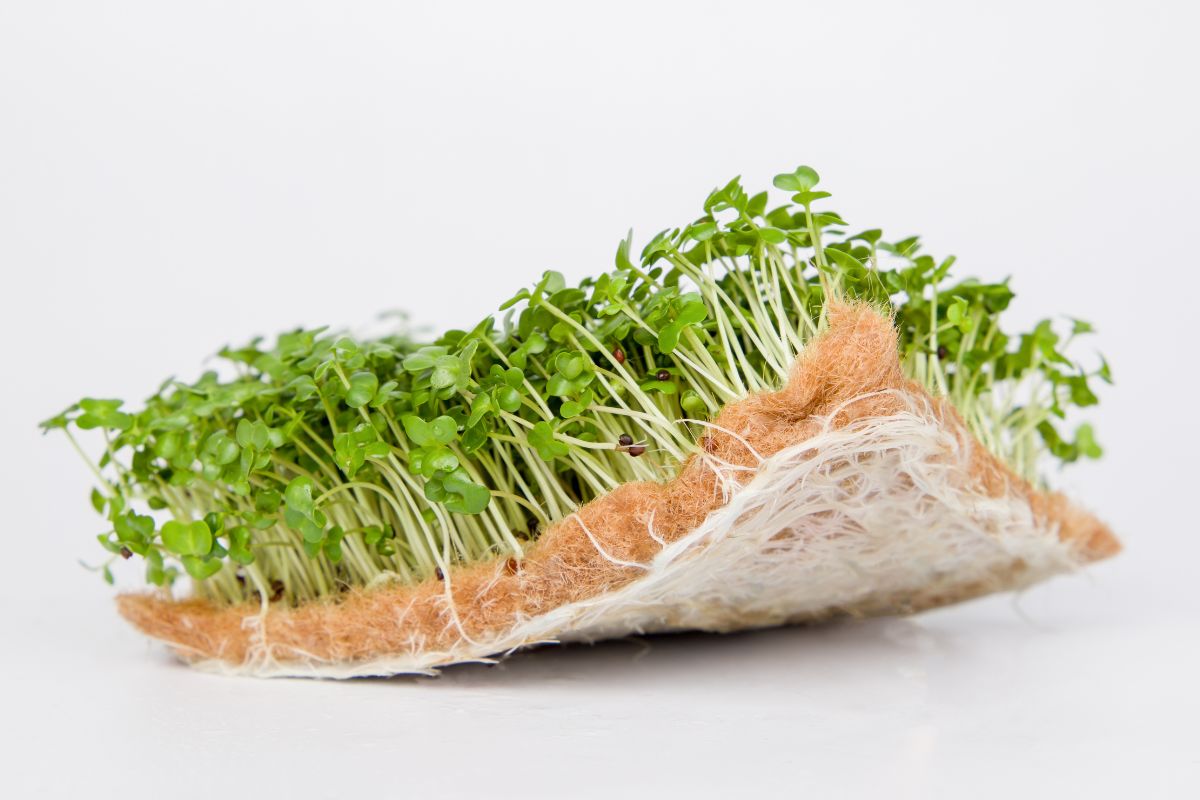
Growing microgreens with hemp pads are similar to biostrate as they are both growing mats.
Crops of microgreens like hemp mats because they absorb well and give the plants good structure.
Hemp pads are made out of hemp fibers and are 100% biodegradable.
6. Jute Pads
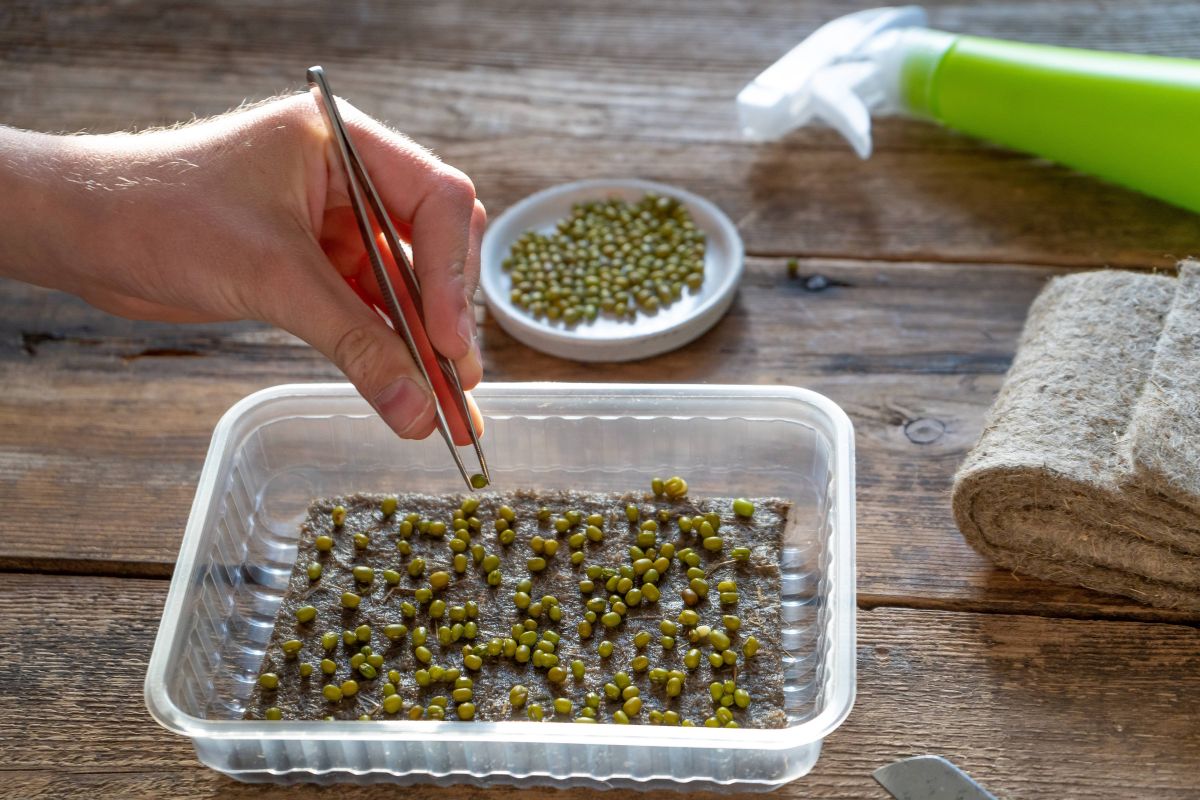
Jute pads are another pad that works well with growing microgreens through hydroponics.
The pads are 100% organic and natural, derived from the jute plant.
The fibers of the jute plant hold water in yet drain the excess water so that the mat is not soggy. The microgreen roots will grow into jute fibers, holding them in place for maximum root growth.
They are easy to fit and will go into any sized tray that you need—just use scissors to cut to your desired size.
Watering is easy for jute mats. All you need to do is water one corner of the tray and the water will travel evenly through the rest of the mat.
Many different brands sell jute grow mats. If you are looking for 100% jute, make sure that the brand does not use fillers or binders.
7. Paper Towels
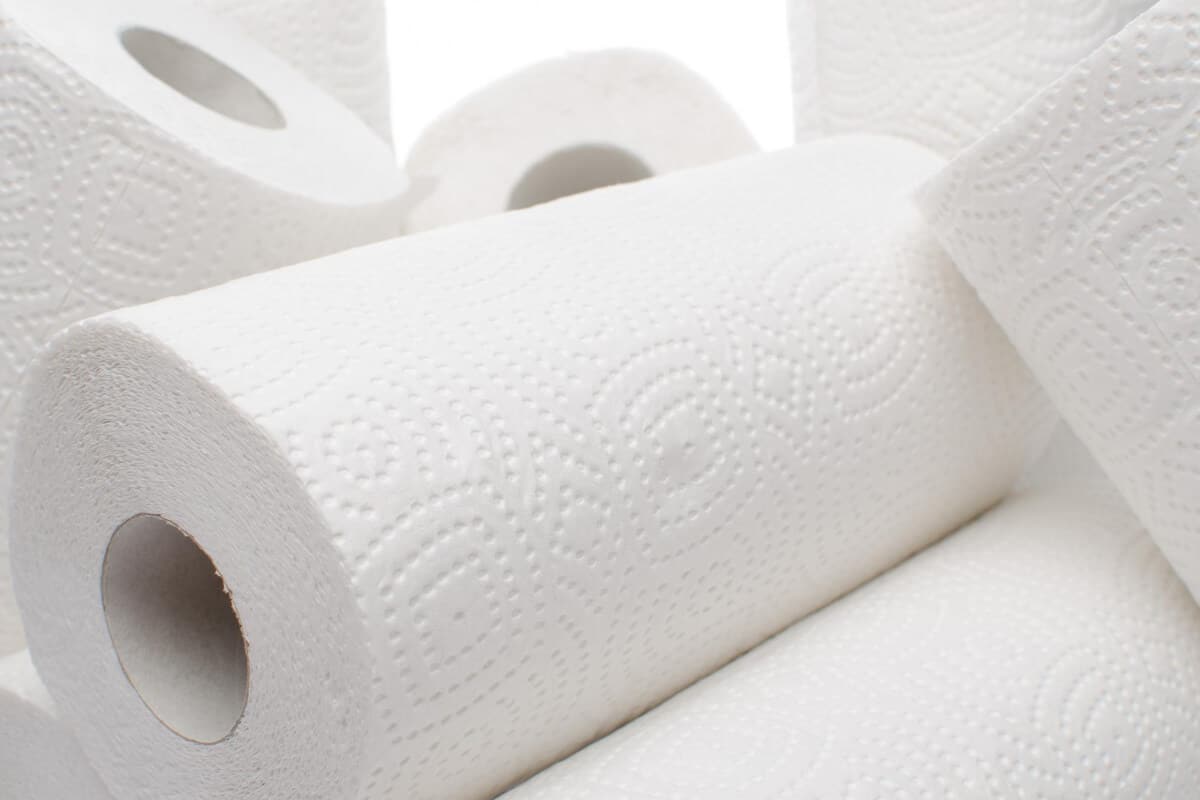
You may be thinking to yourself, “Did I just read that right?” and yes, you can grow microgreens in paper towels!
In fact, it is a great option because it is a cheaper and more readily available growing medium compared to others.
When using paper towels, remember that they are water retentive even though its moisture levels are easy to control and the plant is easy to observe.
You are able to see the whole microgreen crop as they are germinating, microgreen seed, roots, and all. This allows growers to know exactly what is going on with their plants.
Best Hydroponic Mediums to Grow Microgreens Final Thoughts
Hydroponic growing medium plays a crucial role in successful microgreen growth.
When selecting a growth medium for your plants, it is crucial to choose one that is both safe and healthy, while also providing the necessary nutrient levels for consistent growth.
Maintaining a nice balance and the appropriate levels of pH and oxygen is important for promoting healthy plant growth, which in turn can lead to microgreens that are rich in nutrients.
Whether you choose coconut coir, perlite, or any other growing medium, make sure to do your research and consider the unique needs of your microgreens.
By following these tips and utilizing the right hydroponic medium, you can successfully grow your own crisp microgreens at home and enjoy the benefits of fresh, highly-nutritious, decent crop yield all year round!
Dive deeper into the world of hydroponic growing mediums by checking these articles out:
- Hydroponic Rockwool Germination
- Use Pumice for Hydroponics
- Hydroponic Sand Growing Media
- Using Lava Rock for Hydroponics
Sources:






